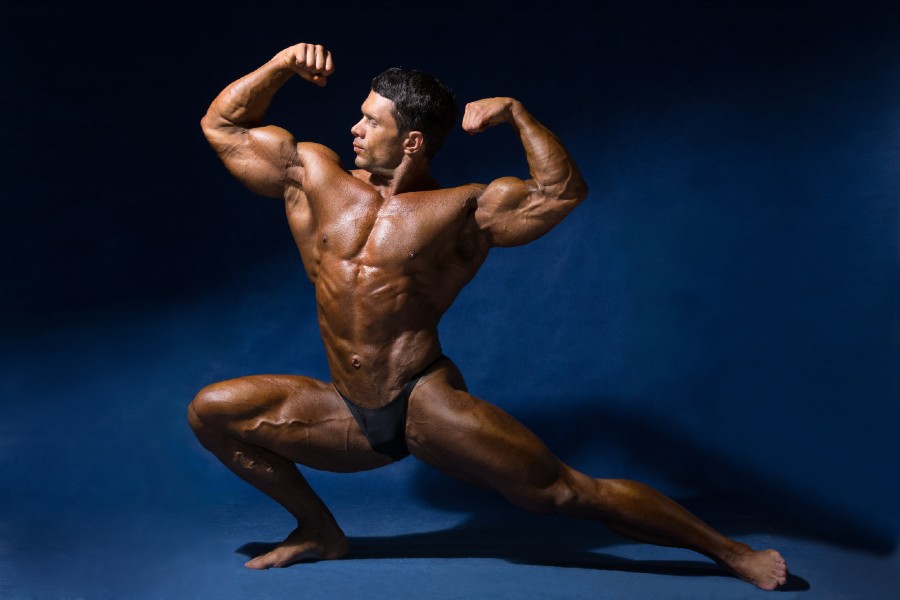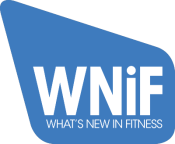Whether your goal is to look a certain way, gain muscle, bulk up or just build strength, bodybuilding, and weightlifting are great types of exercise to incorporate into a healthy lifestyle.
While bodybuilding incorporates numerous exercises to obtain a certain goal, weightlifting typically uses the same forms of exercise. These include the snatch, clean & jerk, powers, hangs, squats, and deadlifts. As a quick overview, the overall aim of bodybuilding is to make your muscles bigger, while weight lifting focuses on making them stronger. While there is some overlap, training, and workouts are different. Bodybuilding training schedules often isolate exercises for specific parts of the body during different workouts. For example, you train chest and triceps on one day, back and biceps on another, legs on another, etc.
In weightlifting, you have hard, medium, and light days to allow for recovery because you’re using the lower half of your body every day. So weightlifters may have a hard Monday then a light Tuesday followed by a moderate Wednesday. Pilates is a perfect complementary practice for both modalities of resistance and strength training.
What is Pilates?
Pilates is a form of exercise that is designed to increase your flexibility, create muscle tone, and build strength. The practice has been around for more than 100 years and was originally created to help prevent new injuries while healing old ones. Its founder, Joseph Pilates was both a bodybuilder and dancer.
Today, Pilates is accessible and beneficial to everyone, especially those with a job or hobby that incorporates repetitive motion. The repetitive motion of the same joints and muscles can cause deterioration and/or injury and Pilates is meant to counteract that.
Pilates is a form of strength training that focuses on muscle tone rather than building muscle. This means that Pilates won’t bulk you up, instead, it will create long, lean muscles.
Benefits of Pilates:
- Improves stability
- Improves endurance
- Improves lower back pain
- Improves posture
- Improves coordination
- Creates a strong foundation for muscle-building activities
- Creates a strong core
- Creates balance
- Teaches body awareness
- Teaches breath control

Is Pilates good for weightlifters?
Pilates is one of the best complementary workouts for weightlifters and bodybuilders. Known as “cross-training” these seemingly opposite workouts work together to keep your muscles strong AND healthy.
Pilates movements train your muscles to support repetitive movements like those used in weightlifting. While weight training targets your visible muscles, Pilates will target the deeper muscles that lay underneath. This creates a solid and safe base for when you start to bulk up.
When you break both forms of exercise down, you’ll find that they both use very similar if not the same muscle movements, Pilates is just intentionally slowing down the movements ensuring you use proper form.
For example, when doing a deadlift (hinge at the hips, grab a weighted bar, and straighten your legs as you lift the bar off the ground while straightening upright.), you’re engaging the same muscles and form when doing the Reformer in Pilates, just facing a different way and slowed down. Both exercises require proper alignments.
Pilates is also a great way to incorporate active recovery sessions. What is an active recovery session you might ask? An active recovery session is usually done 1-3 days after a particularly intense weight-lifting workout. A Pilates or even yoga class will encourage a faster recovery time for sore muscles and help prevent injuries by improving strength and flexibility within the muscle.
Benefits of Pilates for BodyBuilders:
There are endless benefits that Pilates can offer bodybuilders including:
- Creating a strong base to build muscles from
- Helps prevent injury
- Helps build muscular symmetry (good for competitive bodybuilding)
- Teaches muscle contractions (good for competitive bodybuilding)
- Teaches proper alignment
- Improves strength
- Improves endurance
- Improves stability
- Improved concentration
How often should you be doing Pilates for Bodybuilding?
This is going to be a little bit different for everyone. On average taking Pilates 3-4 times a week is super beneficial. If you’re including this as a complimentary workout to bodybuilding, maybe you’ll only take 1-2 classes a week and include a rest day so that your muscles don’t get overworked which can lead to injury.
If you can’t make classes, there are plenty of free Pilates workouts online that range from full classes to express workouts if you’re low on time.
Pilates is a great replacement option if you’re feeling sore from lifting after a particularly hard go at the gym.
In summary, Pilates offers a wide range of advantages for bodybuilders that extend beyond traditional weightlifting and strength training. By incorporating Pilates into their workouts, bodybuilders can experience significant improvements in strength, flexibility, posture, and injury prevention. The emphasis on core strength, stability, and body awareness in Pilates provides a solid foundation for muscular development.
In addition to the physical benefits, Pilates also enhances the mind-body connection for bodybuilders. The focus on concentration, control, and precision during Pilates exercises translates to better form, technique, and muscle engagement during weightlifting sessions. This increased mindfulness can have a positive impact on performance, whether it’s on stage or during competitions, by promoting balance, focus, and mental clarity.

An Insider’s Guide To Securing Sponsorship For Athletes
Sponsorship is abundant, and it’s available to athletes of all levels from elites to beginners as well as clubs, sporting organisations, businesses and individual professionals. Now more than ever before, sponsorship is about the benefits you can give to your sponsors off the sporting field. Media, social media, social networking and brand ambassador activities are

Finding The Right Sports Bra For Bigger Boobs
Anecdotally, we know that women often use their breasts as a barrier to activity, or as a reason to avoid doing certain activities or drills. However, this was demonstrated more scientifically during a study in the UK, which found that a whopping 17 per cent of women opted out of an activity due to their

Corporate Escapee Helping Others Find Balance From Burnout
James Zammit was inside a float tank, prepping for an upcoming interview when he decided he’d had enough of his corporate career. Fifteen years of long hours and what he described as a “toxic environment” had been taking its toll on his health and wellbeing. “I just decided, I’m not doing this anymore. I’m opening

Attract New Members By Offering Altitude Training At Your Facility
The fitness industry is always changing, and one of the newest trends gaining popularity is altitude training. Traditionally, this training was done naturally in the mountains, however, thanks to modern technology, we can now create high-altitude environments at sea level. This means that the same physical benefits are on offer to both elite athletes and

Can Sauna Therapy Help With Anxiety and Depression?
Millions of people deal with mental health issues like depression and anxiety every day. Many of them look for different ways to relieve stress, whether it’s from work or just feeling overwhelmed all the time. Among these, sauna therapy is becoming more popular due to the positive effects it may have on mental health. In

A Pilates and Recovery Franchise Opportunity For Investors
As demand for recovery modalities continue to rise and the popularity of Pilates keeps growing, entrepreneur David Altamura saw a gap in the health and wellness landscape. His successful studio, Wildsoul Wellness, is now available for franchising and opens up a real opportunity for potential investors and business owners to step into the Pilates and
